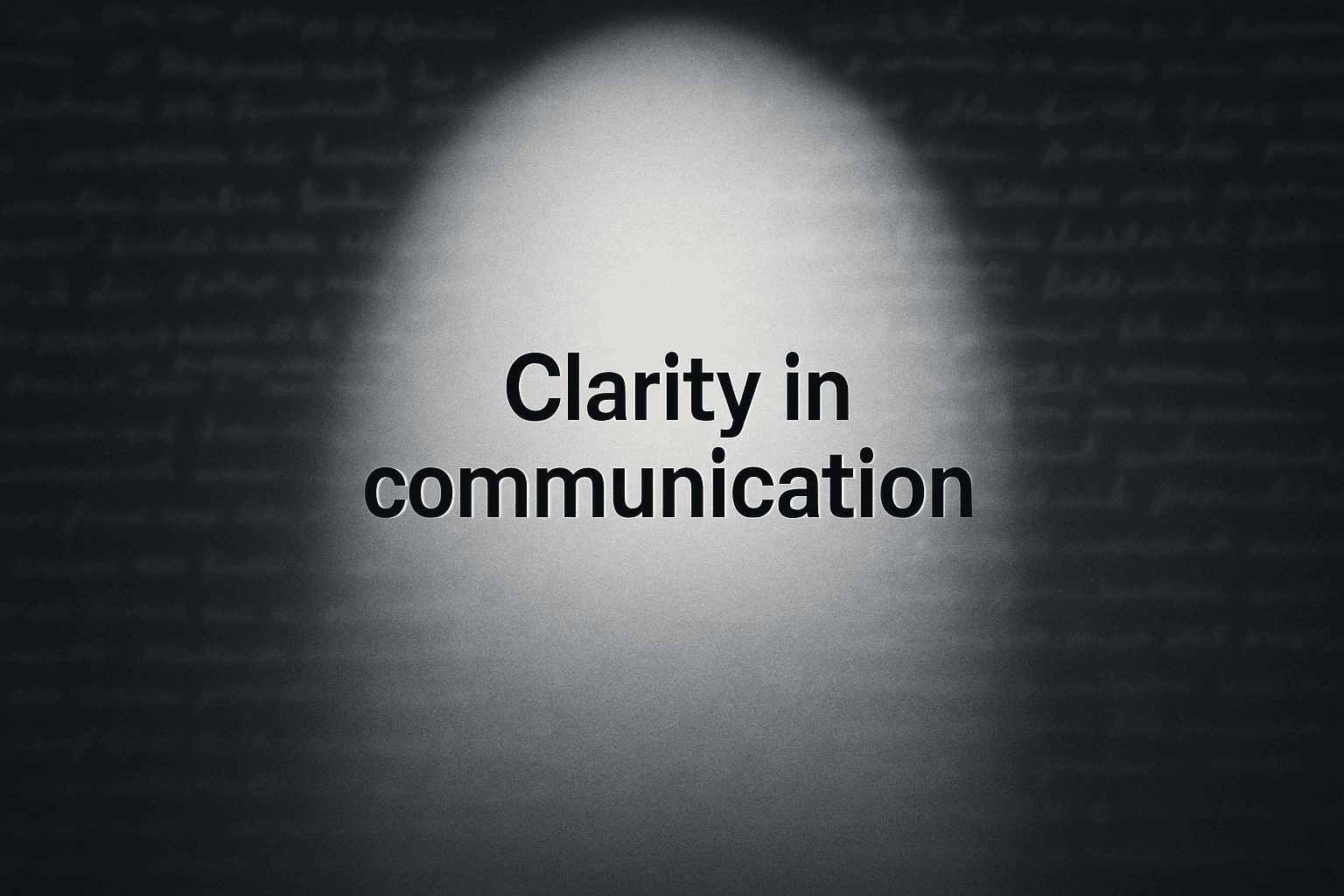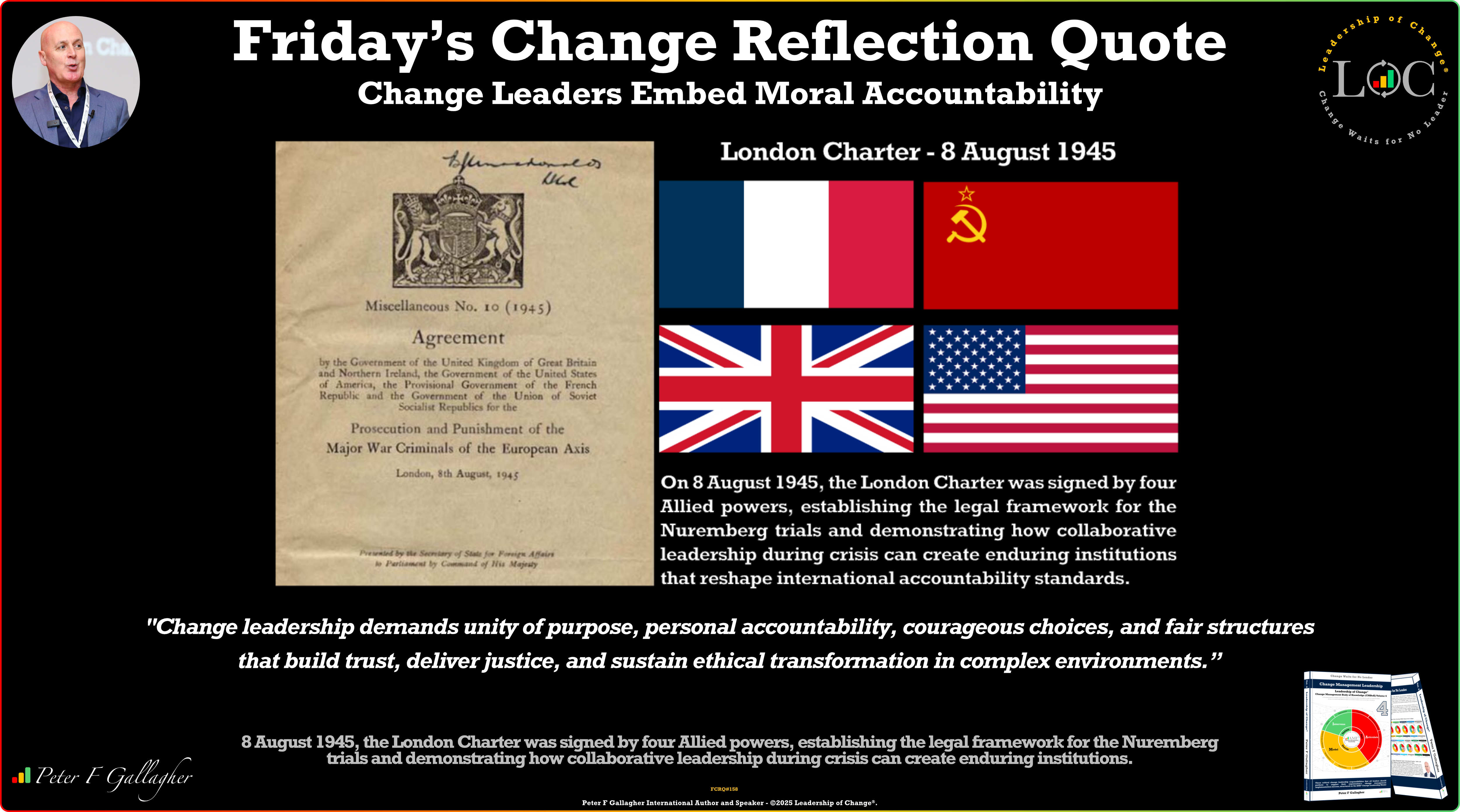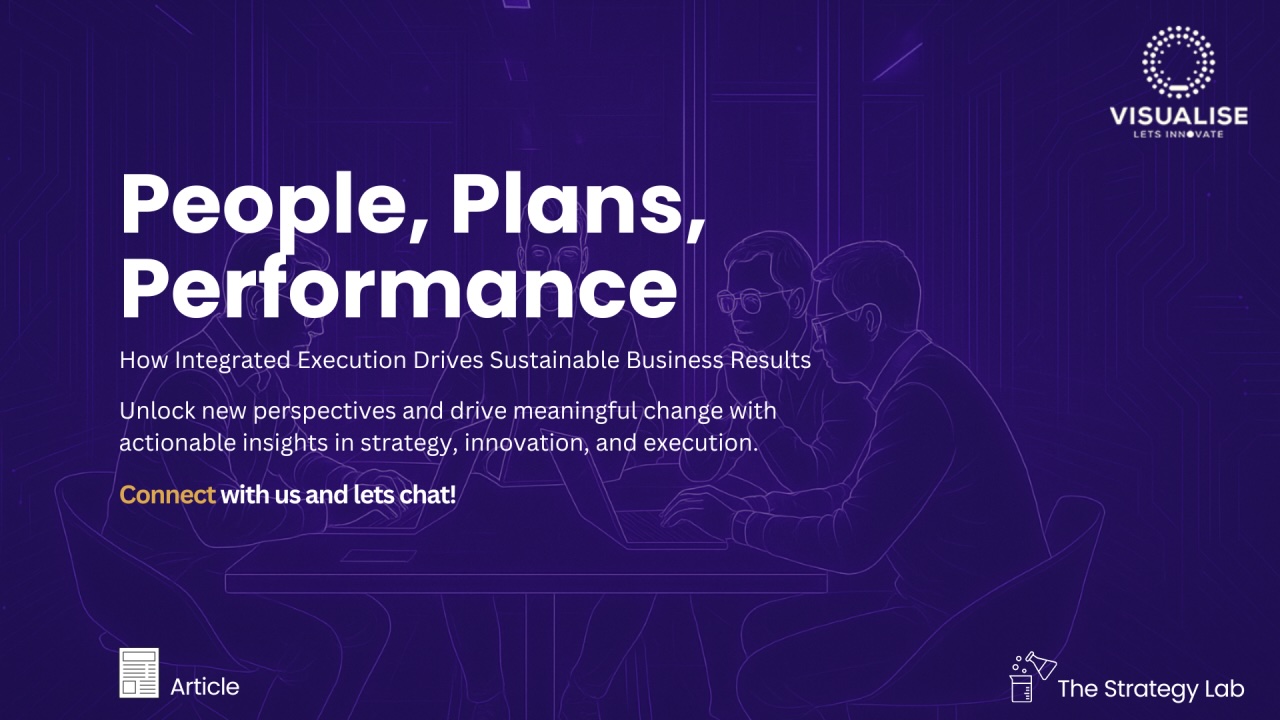Mar24

Successful strategy execution depends as much on who executes it as what is executed. One of the most powerful yet often underutilized tools in aligning an organization’s workforce with its strategic priorities is the concept of Strategic Job Families. These are distinct roles within an organization that disproportionately impact its ability to achieve long-term objectives, create competitive advantage, and deliver superior economic and social value.
As Palladium’s Execution Premium Process (XPP) emphasizes, identifying and managing these strategic roles is fundamental to ensuring human capital fully aligns with an organization’s strategic goals. By focusing investments in recruitment, development, and retention on these critical roles, organizations close the "value gap" between strategy formulation and execution. This approach doesn’t just improve operational efficiency; it drives sustainable strategic success.
Traditional talent management often emphasizes organizational hierarchy, leadership pipelines, and functional efficiency. While these are important, they don’t always address the critical roles of executing strategy. Strategic job families, by contrast, shift the focus to impact, identifying those roles that are pivotal to delivering on strategic priorities.
These roles are not always at the top of the hierarchy or within apparent leadership positions. They are embedded within key processes and customer touchpoints, often hidden in plain sight. For example, in Palladium’s Balanced Scorecard (BSC) framework, they frequently reside in the Enabler and Process perspectives, where strategy execution happens.
By identifying and nurturing these roles, organizations can:
Investing in strategic job families is not merely a human resources exercise; it’s a core business strategy.
Identifying strategic job families requires a methodical and data-driven approach. Here is a step-by-step guide rooted in Palladium’s XPP methodology.
The starting point is the strategy map. Analyze the organization’s strategic objectives—particularly those in the Processes and Enablers perspectives of the Balanced Scorecard. These areas often reveal where the organization’s key value-creating activities occur.
Ask critical questions:

Next, please review which roles are essential in executing those key processes. These roles often:
The goal is to pinpoint roles where performance variability—the difference between high and low performers—significantly impacts strategic outcomes.
It is vital to distinguish between operationally important roles and strategically pivotal ones. Not every role with operational responsibility qualifies as strategic.
Focus on:
Once strategic job families are identified, define the competency profiles required for success in these roles. This includes:
Conduct a capability gap analysis, comparing current competencies against those required for optimal performance.
Based on the capability gap analysis, organizations should develop tailored people initiatives that focus on:
Finally, organizations should track the performance of these job families through KPIs directly tied to strategic objectives. Continuous monitoring ensures that human capital investments are generating the desired strategic outcomes.
A well-known example of strategic job families in action is found at Disneyland. Disneyland’s key strategic objectives are ensuring guest safety and a magical customer experience. While many might assume this objective falls within security personnel or guest services teams, Disneyland recognized that cleaners—often the most visible employees in the park—play a crucial role.
Cleaners are frequently the first responders if a child is lost, providing immediate reassurance and direction. Their ability to act quickly and empathetically directly impacts the guest experience and perception of safety, which are integral to Disneyland’s brand promise.
As a result, cleaners were designated as part of a strategic job family. They receive specialized training in cleanliness, customer service, and crisis response. This investment ensures that their performance directly supports Disneyland’s strategic objectives.
For organizations looking to embed this approach within their workforce strategies, here is a framework to follow:
Strategic job families are not about job levels, status, or hierarchy. They are about impact—specifically, how specific roles directly contribute to the successful execution of strategy. By focusing on these roles, organizations can ensure that their human capital investments are strategically aligned, enhancing execution capability and long-term competitiveness.
Incorporating strategic job families into your talent management framework ensures that people, skills, and roles are optimized for strategy execution. When done well, this approach:
For organizations seeking to enhance their human capital strategy, leveraging tools like Palladium’s XPP and the Balanced Scorecard offers a structured methodology. For additional guidance on aligning your workforce with your strategic priorities, consider exploring resources like Visualise Solutions, which offers expert insights into strategy execution and alignment.
By Andrew Constable MBA, XPP, BSMP
Keywords: Business Strategy, Innovation, Leadership
 Clean Energy’s Inflection Point - Why the IEA and ECB Just Supercharged the Transition
Clean Energy’s Inflection Point - Why the IEA and ECB Just Supercharged the Transition Clarity is Your Credibility: Why Leaders Lose Trust When Their Message Gets Lost
Clarity is Your Credibility: Why Leaders Lose Trust When Their Message Gets Lost Friday’s Change Reflection Quote - Leadership of Change - Change Leaders Embed Moral Accountability
Friday’s Change Reflection Quote - Leadership of Change - Change Leaders Embed Moral Accountability The Corix Partners Friday Reading List - August 8, 2025
The Corix Partners Friday Reading List - August 8, 2025 Strategic Alignment: People, Plans, Performance
Strategic Alignment: People, Plans, Performance